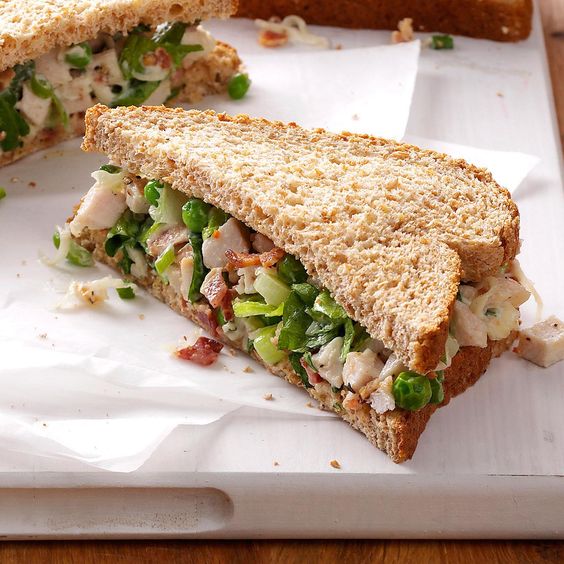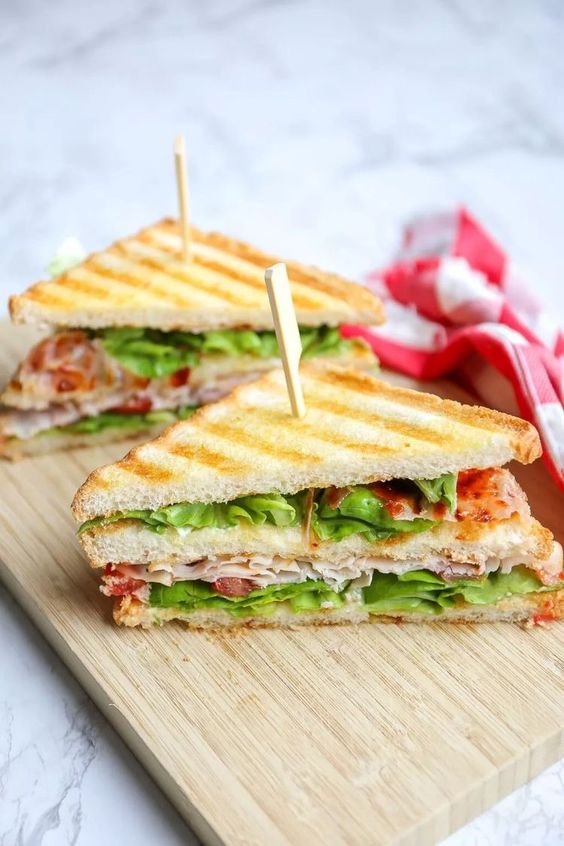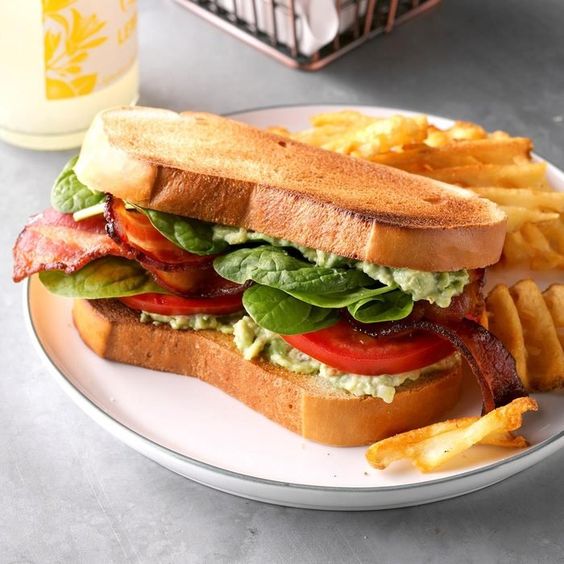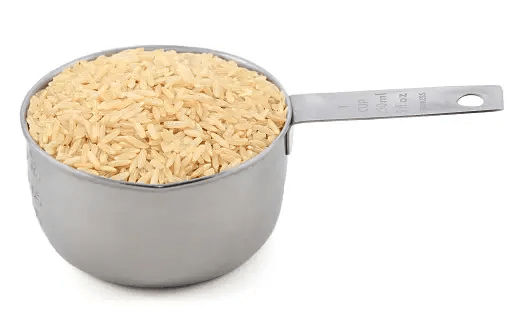What is the highest temperature allowed for cold holding tuna salad? This is a critical question in the food service industry, as maintaining the appropriate temperature is vital to ensure food safety and prevent foodborne illnesses. So are you wondering about the maximum temperature for cold holding tuna salad and its importance in preserving the quality and safety of your food products? Let’s Discuss!
Importance of Cold Holding Tuna Salad in the Foodservice Industry
Cold holding is a food safety practice essential for perishable food items like tuna salad. By maintaining the highest temp for cold holding tuna salad, food service establishments can minimize the risk of foodborne illnesses caused by bacterial growth in food products.

Check: Dunkin’ Donuts Turbo Shot
What is Cold Holding and Its Significance in Preventing Foodborne Illnesses
Cold holding is the process of storing perishable food items at temperatures below the danger zone (40°F to 140°F), where harmful bacteria can grow rapidly. By maintaining proper cold holding temperatures, food service establishments can minimize the foodborne illnesses risk factor caused by food products’ bacterial growth.
What is Tuna Salad?
Tuna salad is a versatile dish made from a combination of cooked or canned tuna, mayonnaise, or other dressing, and various additional ingredients such as vegetables, herbs, or spices. It is commonly used as a sandwich filling or served as a side dish or salad.
Cold Holding Temperature Requirements
FDA’s Guidelines for Cold Holding Temperatures
The Food and Drug Administration (FDA) recommends that perishable foods, including tuna salad, be stored at a temperature of 41°F or lower to prevent the growth of harmful bacteria. This temperature range ensures that the food remains safe for consumption and minimizes the risk of foodborne illnesses.
Specific Temperature Range for Cold Holding Tuna Salad
The highest temp for cold holding tuna salad is 41°F, as the FDA recommends. Maintaining this temperature is crucial for preventing the growth of harmful bacteria and ensuring that the tuna salad remains safe for consumption.
10 Best: Tea flavors to Try
Factors Affecting Tuna Salad’s Temperature
What Temperature Should Cold Tuna Salad Be Kept At For Sandwiches?
When preparing tuna salad sandwiches, it is essential to maintain the proper cold holding temperature of 41°F or lower. This ensures that the tuna salad remains safe for consumption and minimizes the risk of foodborne illnesses.
3 Factors That May Affect the Temperature of Tuna Salad During Cold Holding
Various factors can affect the temperature of tuna salad during cold holding, including:
- Improper storage or refrigeration equipment
- Frequent opening of the refrigerator or storage container
- Insufficient insulation or temperature control measures
4 Ways to Maintain Proper Temperature Control
To maintain proper temperature control for cold holding tuna salad, consider the following best practices:
- Use a thermometer to regularly monitor the temperature of the storage unit and tuna salad
- Ensure that refrigeration equipment is functioning correctly and efficiently
- Limit the frequency of opening the refrigerator or storage container
- Use insulated containers or other temperature control measures when transporting or serving tuna salad

Check: How Much Coffee for 12 Cups
Risks of Improper Cold Holding Temperatures
Potential Risks Associated with Improper Cold Holding Temperatures
Improper cold holding temperatures can lead to the growth of harmful bacteria in perishable food items such as tuna salad. This can result in foodborne illnesses, posing a risk to both customers and businesses.
Impact of Foodborne Illnesses on Customers and Businesses
Foodborne illnesses can have severe consequences for customers, including potential hospitalization or even death. For businesses, foodborne illnesses can result in loss of customer trust, decreased revenue, legal liability, and possible closure.
Conclusion
It is crucial to understand and adhere to the highest temperature allowed for cold holding tuna salad (41°F) to ensure food safety and prevent foodborne illnesses. By maintaining proper temperature control, food service establishments can protect their customers and businesses from the risks associated with improper cold holding temperatures.



